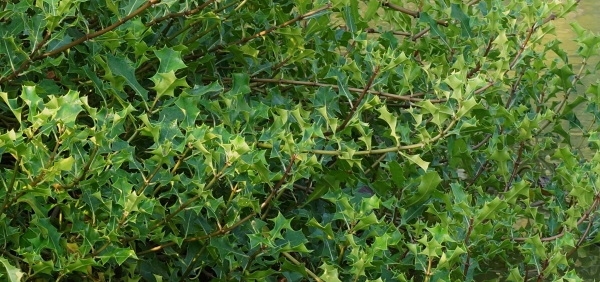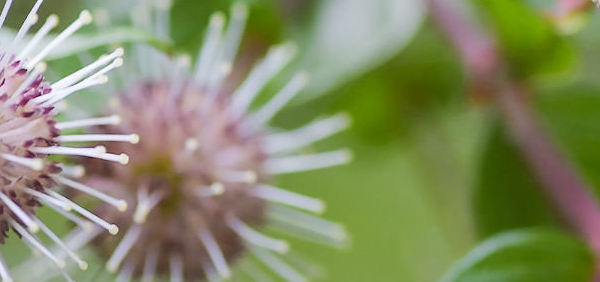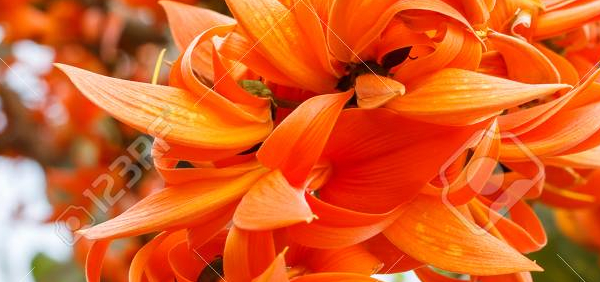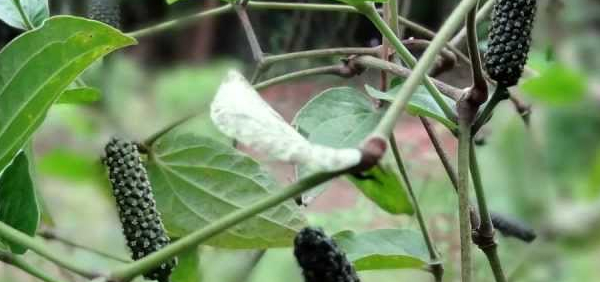medhika :

Cultivation:
Fenugreek was originally from temperate Asia and Europe, but is now cultivated in many warm temperate to tropical areas of the world. It grows best in areas where annual daytime temperatures are within the range 13 - 27°c, but can tolerate 5 - 32°c[418
. Plants are hardy to about -15°c It prefers a mean annual rainfall in the range 600 - 800mm, but tolerates 380 - 1,550mm
Succeeds in ordinary garden soil, preferring a well-drained loamy soil in full sun
Prefers a pH in the range 7 - 7.5, tolerating 5.3 - 8.2
Plants take about 16 weeks to mature their seed in warmer climes, probably about 4 weeks longer in temperate areas
The seed is ripened intermittently over a period of some weeks making harvesting more complicated[87
The expected yield of seed is 0.5 - 3.8 t/ha
In India, yields of green forage are about 9 - 10 t/ha
This species has a symbiotic relationship with certain soil bacteria, these bacteria form nodules on the roots and fix atmospheric nitrogen. Some of this nitrogen is utilized by the growing plant but some can also be used by other plants growing nearby
When removing plant remains at the end of the growing season, it is best to only remove the aerial parts of the plant, leaving the roots in the ground to decay and release their nitrogen.
Propogation:
Pre-soak the seed for 12 hours in warm water and then sow in situ.
Harvesting:
Fenugreek can be hand-cut or mechanically harvested by farm cutting equipment or by conventional mowers, conditioners and rakes. The use of rectangular balers and forage harvesters have also been recommended. If fenugreek is cut under dry conditions, the plant can be left in thin layers to cure on the soil. If harvesting conditions are wet, it is recommended to oven-dry the plant or to make it into silage. Another way to use fenugreek forage is to cut it after seed harvest, forage being thus similar to straw, with a relatively low palatability- » Classification and names of medhika
- » Synonyms and definitions of medhika
- » Drug Properties of medhika
- » Chemical Constituents of medhika
- » Standardization of medhika
- » Parts used and Dosage of medhika
- » Morphology and Histology of medhika
- » Distribution and Conservation of medhika
- » Cultivation of medhika
- » medhika in the market
- » Medicinal Uses of medhika
- » Researches and clinical trails of medhika
- » medhika in other sytems of medicine
- » Ayurvedic formulations with medhika
- » Images of medhika












